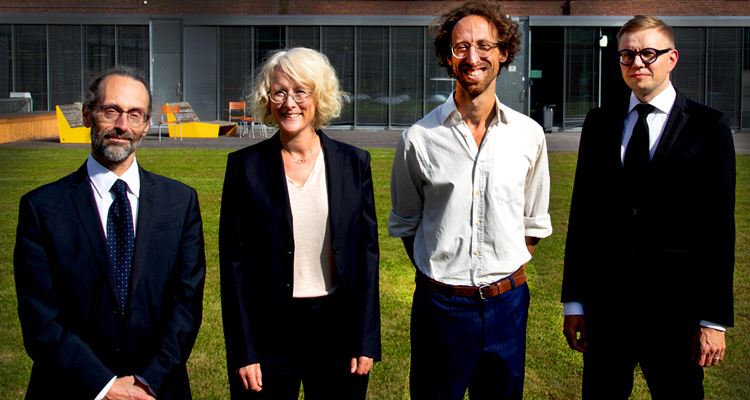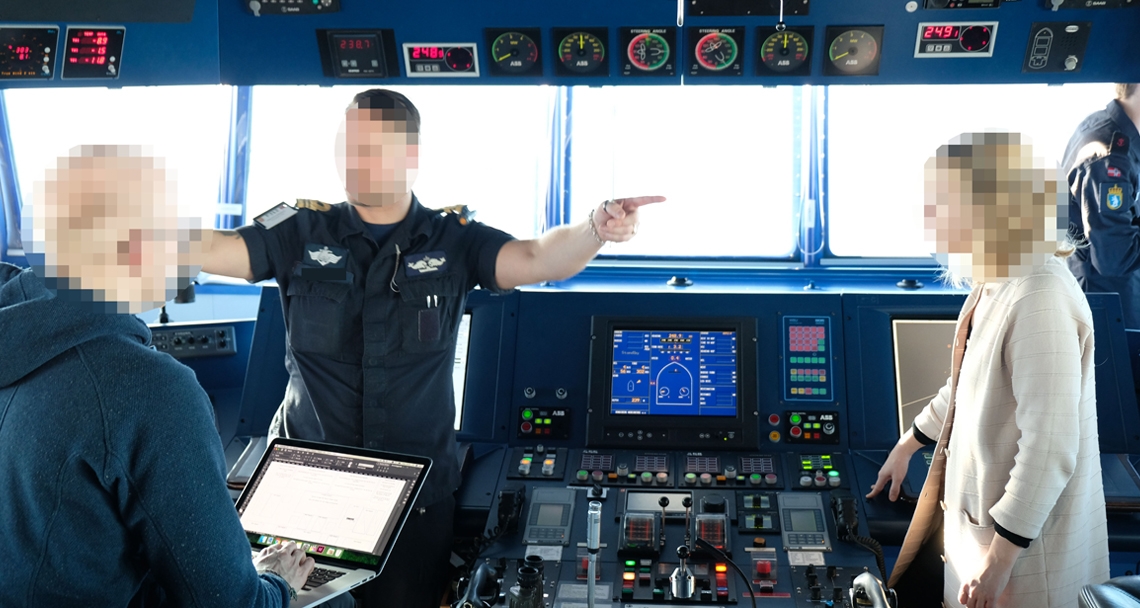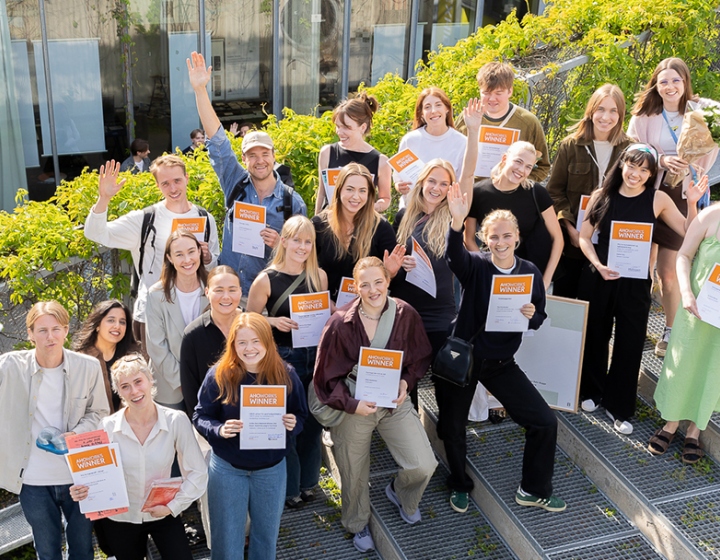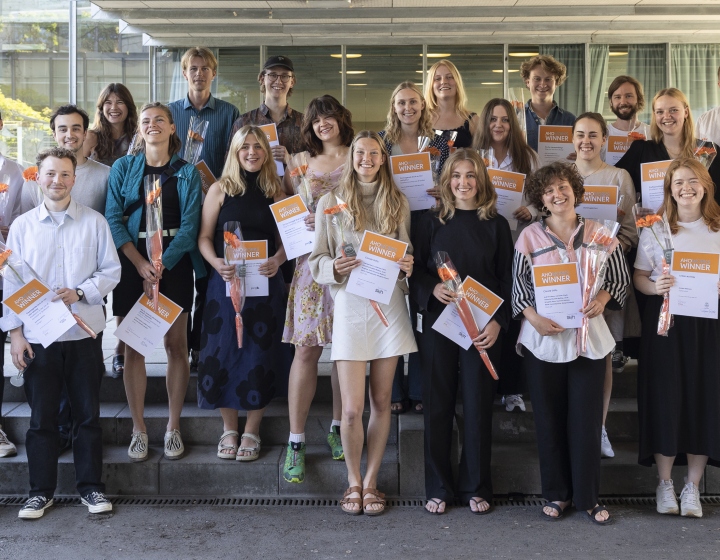Field-driven ship design
26. August, 2019
By spending more time onboard ships, ship designers can capture the crew’s experiences and use them to improve their designs.
Ships are the working horses of our global economy. They account for 90% of global transport. Ships are complex objects made of a network of workplaces where human operators engage with technology. According to Etienne Gernez, who has written his PhD thesis on the use of human-centred design in ship design, these floating workplaces often contain a number of inadequate design features.
“The numerous systems onboard are often challenging or even inappropriate to use. As a result, the majority of maritime accidents can be traced back to workplaces that are not designed for optimal use by the person in charge”, said Gernez.
“Although human-centred design methods are already being used in some cases, ship design is a process dominated by the maritime engineering tradition where human-centred design has little traction”, said Gernez.

In this context, his research has focused on how to adapt human-centred design methods to support the work of ship designers. Specifically, his research dealt with connecting maritime operations to naval architecture: How to help ship designers observe, analyse, and work with the operational experiences of ship crew?
His research took place in the ONSITE research project, a collaboration between AHO´s Ocean Industries Concept Lab and Ulstein International, Norwegian University of Science and Technology, PON Power and DNVGL.
Gernez and the ONSITE team were able to develop and test methods to better connect ship crew and ship designers. The central connecting activity relied on the use of field studies onboard ships, tailor-made to feed the ship design process with relevant insights.
“It is essential that ship designers actually spend time onboard ships, and use this experience in their design process. That they see for themselves how the operators work, and that they get the opportunity to test ideas for improvements with them. And it is essential that these field studies are performed in an effective and efficient way.”
At the end of the study, Per Olaf Brett, deputy managing director and vice president at ONSITE partner Ulstein International said:
“From now on, we will never start a new design process without using the ONSITE approach. The cost is not an issue because we see that field studies have a value throughout the whole design process downstream. ONSITE is probably one of the most important projects Ulstein has been contributing to in the last five years in terms of operational, hands-on value.”
Congratulations to Etienne Gernes for his successfull PhD thesis defence on 23rd of August. His thesis is entitles 'Human-centred, collaborative, field-driven ship design'. Here with his opponents Associate Professor and coordinator Jonathan Earthy, Lloyd’s Register Global Technology Centre, UK; Doctor of Arts and project manager Markus Ahola, Aalto University Finland; Associate Professor Hanne Cecilie Geirbo (Oslo Met / AHO)

Photo: Reier Møll Schoder



